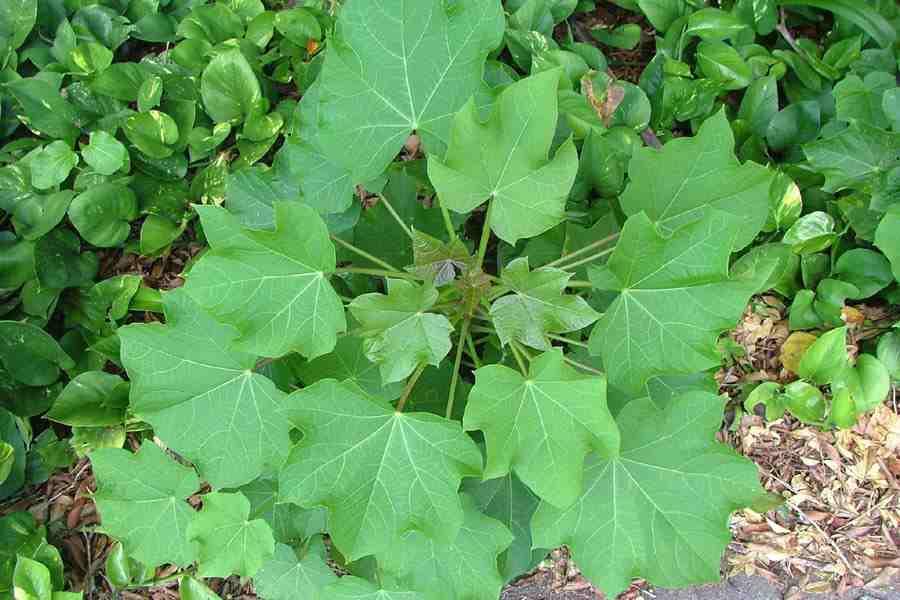Overview
-
Sectors Telecom / IT
-
Posted Jobs 0
-
Viewed 14
Company Description
Pests Of Jatropha
Jatropha Curcas is getting value commercially as the demand of fossil fuels increases significantly and also Jatropha is an eco-friendly energy plantation. Plantation of this plant is considered to be an outstanding fuel replacement and it is likewise extremely economical compared to other fuels. Recently, Jatropha is facing some trouble with pests and diseases. The pests are classified into 2 ranges: Pest that impact young plants and Pest that impact grown plants.

Young plant bugs: Cutworm, Scarabeid Beetle, Army worm, Grasshopper.
Agrotis ipsilon: It is typically called Cut worm. This bug affects the seedlings and young Jatropha plants. If the plant is affected by the cutworm, the stem gets cut nearer to the soil surface area and this will shrunk the plant totally.
Control: This bug can be managed by selecting the larva found around the plants or by mixing the bran, sawdust with insecticides.
Scarabaeid Beetle: This insect ruins the root of the young plant. Initially, the larva consumes the natural matters present in the soil and then concerns the root. The larva attack may kill the entire plant.
Control: The plant with good resistance power can get rid of the pest. For heavy attack, insecticides with elements carbosulfan and carbofuran can be utilized to kill the insect.
Army worm: Spodoptera litura existence can be identified by biting in the leaves. The severe infection might entirely kill the plants.
Control: Insecticides are utilized to control the insects.
Grasshopper: This prevails bug discovered in a number of plants. Valanga nigricornis and Locusta migratoria widely attacks the plant. The insect typically attacks the young plant.
Control: The insecticides utilized betacyfluthrin, cypermethrin, thiodicarb, MIPC, and fipronil.
Pest observed in mature plants:
Pest of Stem: Ostrinia furnacalis, Xyleborus spp.
Ostrinia furnacalis and Xyleborus: This insect damages the Jatropha stem and it is extensively seen in Indonesia. The stem attacked by this pest usually drop. The presence can be identified by the larva penetration hole at the stem.
Control: The Insecticide normally used to manage this pest is carbofuran.
Pest of leaf: The typical pests are leaf caterpillar, Neetle caterpillar, Leaf hopper, Mite, Ear corn caterpillar.
Leaf Caterpillar: This insect can eat all the leaves of the plant in brief period. The quality and yield of the seeds get lowered due to the heavy attack.
Control: This can be managed by selecting the old larvae around the surface and tossing away the assaulted leaves.
Needle Caterpillar: This caterpillar is covered with spines and produces a burning feeling when permitted to contact with skin as it produces specific chemical compound. Initially the pest crowded in the leaf and after that spread out all over the plant when it gets older.
Control: Manually, the pest can be killed only by soaking it in water or kerosene. The heavy attack can be controlled by spraying organophosphate insecticides.
Leaf Hopper: This bug is discovered primarily in tropical and subtropical areas. The pest targets the leaf and sucks all the nutrients of the leaf and gets curls at the pointer. Later, the entire leaf dry and die.
Control: The heavy attack can be controlled by utilizing insecticides like imidachloprid, beta cyfluthrin or carbosulfan.
Mite: Mite also assaults the leaf and makes the entire plant weak. The pest presence can be determined when the leaf become yellowish, diminishes, turns red and drop. The pest can likewise be spread out through fallen leaves.
Control: Some preventive measures can be done like appropriate sanitation and burning the fallen leaves. Heavy attack can be treated by spraying insecticides.
Some awful pest which assaults flower and fruit are, Stink bug (Nezara viridula)
Chrysocoris javanus, Tip borer caterpillar.
Stink Bug: Sting bug is a serious bug which attacks the plant throughout blossom period so the crop yield completely falls down. This bug is seen around the tropical area.
The toxic enzyme in the plant shrinks the entire plant.
Control: Insecticides advised for this bug is chlorfluazuron, diflubenzuron, alfamethrin, and lamda cyhalothrin.
Tip borer caterpillar: The pests typically takes place attacks the plant in flowering season and this bug is seen extensively in tropical regions. The female pest laid the eggs on the tender part of the plant and the young larvae feed the young fruits and plant tips.
Control: Manually, the assaulted seeds are recommended to burn. The insecticides like monocrotophos and bensultap are sprayed at the flowering season.


